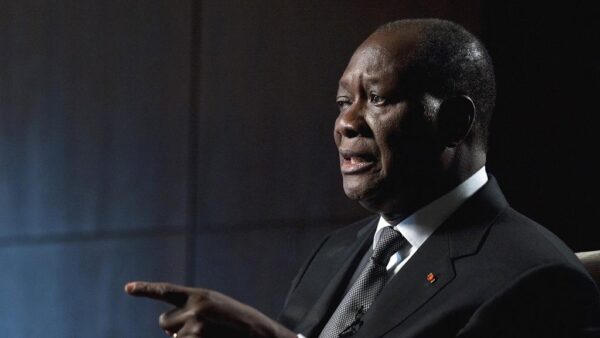It is the President of the ECOWAS Commission who affirms this. The Eco, the single currency of the ECOWAS, will be launched as early as 2027. Omar Alieu Touray, received by Gambian Adama Barrow, specified that the adoption will be gradual. “ECOWAS will no longer wait for all countries to meet convergence criteria. The idea is to launch the single currency with those who are ready,” he said.
This is a significant turnaround. In 2020, the countries of the CFA franc zone, which then had the best macroeconomic ratios (inflation below 3%, budget deficit below 4%, public debt below 70% of GDP), and were almost meeting convergence criteria, had proposed to migrate while waiting for the so-called WAMZ (West African Monetary Zone) countries, consisting of Sierra Leone, Liberia, Ghana, Guinea, Gambia, and Nigeria.
It is an open secret that these countries, which were struggling with double-digit inflation rates (for example, Guinea: 12% in 2020, Nigeria: 15.8% in 2020, Sierra Leone: 13%), as a result of excessive use of the printing press, were significantly behind the convergence pact (suspended in 2021 at the height of the Covid-19 pandemic). But instead of advocating for active supranational support, these countries held back, with Nigeria’s Bihari openly criticizing the Ouattara initiative.
In the midst of misinformation, some experts even went so far as to theorize the existence of two Ecos: the real Eco, on standby, and the fake Eco, the new name for the CFA franc. Five years after a costly halt, the question of gradual progress is back on the table. The question now is whether the current Nigerian president, Bola Ahmed Tinubu, will have enough strength to convince lobbyists to transfer part of the sovereign function (monetary issuance) to a supranational body.
The chronic devaluation of the Naira, which lost more than 70% of its value against the dollar between 2020 and 2024, argues for the establishment of a technical body governed by transparent criteria and capable of resisting political pressures from member states. The President of the Commission said in Banjul: “Member states that are lagging behind will not be excluded. They will receive support to meet the required conditions in the long run.” “Those who need more time will be supported,” assured the President of the Commission.
However, the situation has changed significantly since 2020. The CFA franc has been reformed. The operations account was closed at the end of 2020, its funds repatriated and entrusted to well-trained executives who manage investments with strict discipline. On the other hand, there are no longer any French administrators on the board of the BCEAO and in decision-making bodies.
The Monetary Policy Committee (MPC), the supreme body responsible for setting the BCEAO’s key rates every quarter based on clear objectives (price stability), is made up of BCEAO officials, nationals of member states, as well as academics, to bring more diversity.
In short, the UEMOA is ready with many exceptions unfortunately. Thus, Senegal, having discovered hidden debts in 2023 representing about 10% of its GDP and a debt that exceeded the authorized limit, may not be in the first cohort. On the other hand, Benin, Côte d’Ivoire, and Togo are expected to inaugurate the Eco.
As for the three countries of the Sahel States Alliance (AES), their fate depends on the political will of their member states. Under military rule with democratic institutions suspended since 2021 (Mali), 2022 (Burkina Faso), and 2023 (Niger), Mali, Niger, and Burkina Faso plan to launch a common currency. Will they eventually listen to reason, or at the very least, to economic considerations?
The deadline of 2027 depends on political will. Ghana under John Mahama seems realistic, engaged in a shock therapy whose effects are visible on the Cedi and the restored confidence of donors. Nigeria must first tackle an olympic inflation rate of 27.9% in July 2025. This will be the biggest obstacle for the Eco, as the country has 213 million inhabitants, representing two-thirds of the ECOWAS population and 70% of its GDP.


